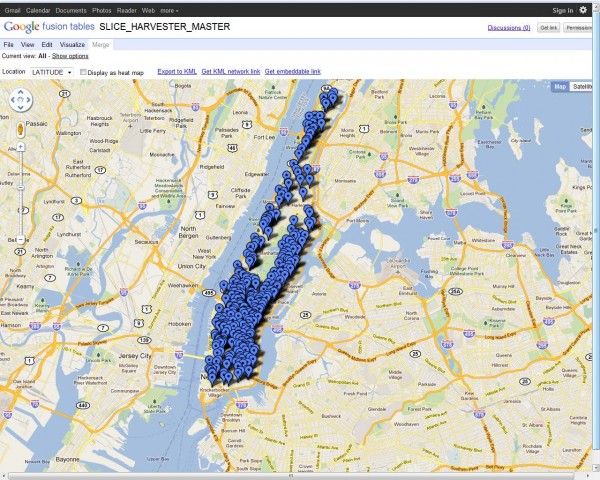This is a 3rd of a 3 part series. Part 1 was introduction and started the ‘rules of flight’. Part 2 finished off the rules of flight. This post covers audio, annotations, testing, use of layers and a literature review that covers all three posts.
3. Audio:Research shows that an audio commentary is much easier to understand than a narrative delivered via on screen text. Labels identifying major sections of the animation also add value. However, adding background music has been shown to be valueless – it’s just a distraction in an educational situation.
Audio and visual elements should match in a GET because you shouldn’t make users interpret two different presentations at the same time. A critique of a GET which did not follow this advice can be found in an earlier blog post of mine under the heading; “Talk about what’s on Screen”
Audio Practicalities: I describe how to produce an audio GET in this tutorial
4. Annotations:
If the GET audio track has a descriptive line like ‘and here you can see the extent of the Scottish Highlands’ use an on screen marker such as a polygon to draw the viewers eye to the location concerned. Annotations like this should be used throughout tours, its easy to learn about a study area by doing a tour and forget that your users haven’t formed a cognitive map. Annotating what you’re discussing is a solution to this.
5. Testing:
Despite the best intentions, and having created a GET that you think looks and sounds excellent, often users miss elements that you thought you had made obvious or they misinterpret the message of the tour in ways that the author had not considered. The only solution is to test 2 or 3 typical users before releasing your GET, fortunately, this is much quicker, simpler and cheaper than you would imagine following Hallway testing guidelines.
6. Use of Layers:
A layer refers to a set of data, examples include: a thematic map showing voting by region in an election or a set of placemarks showing locations of pizza restaurants. If you wish to explain a complex map which is made up of a combination of layers e.g. showing that right wing voter States in the USA have more pizza restaurants in them, you will need to use multiple layers. It helps your users if you turn the layers on one by one in your tour explaining what the screen is showing as you go. Showing them all the layers at once and trying to explain what they are seeing is less clear.
Sometimes layers are complex enough to require annotations themselves (e.g. circling an area of particularly dense concentration of pizza restaurants)
Layers Practicalities: In running through a tour to record an audio it can often help to collect separate layers into a folder. When running through the tour you can then select a camera view for the folder and turn all the elements in it on and off at the same time. For example, you could put the pizza restaurants layer and a polygon annotation mentioned above in one folder.
Literature Review: In writing this series I did a
literature review which the academics amongst you may find useful. I’ve expanded it since writing this.
